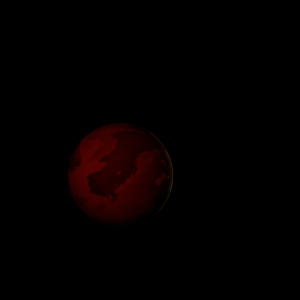|
|
Space Astro
|
Info for exoplanet "Jizowa"
| Scientific (actual) data |
|---|
| Name | Kepler-1605 b |
| Planet status | Confirmed |
| Radius | 0.096 |
| Orbital period | 85.7565 |
| Discovered | 2016 |
| Updated | 2021-02-05 |
| Tconj | 2455000 |
| Publication | Announced on a website |
| Detection type | Primary Transit |
| Alternate names | 2MASS J19083237+4729190 b, K04446.01, KIC 10329196 b, KOI-4446 b, KOI-4446.01, WISE J190832.38+472919.0 b |
| Star name | Kepler-1605 |
| Right ascension | 287.14° |
| Declination | 47.49° |
| Mag j | 11.064 |
| Mag h | 10.655 |
| Mag k | 10.587 |
| Star distance | 224 |
| Star metallicity | -0.01 |
| Star mass | 0.86 |
| Star radius | 0.82 |
| Star age | 4.68 |
| Star temperature | 5280 |
| Star alternate names | 2MASS J19083237+4729190, KIC 10329196, KOI-4446, WISE J190832.38+472919.0 |
| Wikipedia article | Kepler-1605 b |
Back
| |
| Fictional info (?) |
|---|
| Suggested name | Jizowa |
| Planet type | Cold planet |
|
| Atmosphere | Neon | 93% |
| Formaldehyde | 6.2% |
| Nitric oxide | 0.46% |
| Carbon monoxide | 0.18% |
| Atmospheric pressure | 60 bar |
 |
| No known satellites |
| Google search for Jizowa |
|
Website by Joachim Michaelis
|
|
|
|